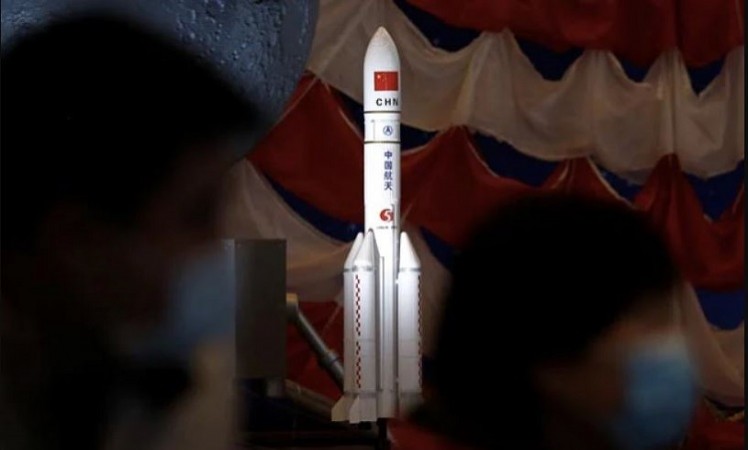
China's upcoming crewed spacecraft is projected to make its inaugural flight between 2027 and 2028, a veteran Chinese astronaut revealed. This advanced spacecraft has the capability to accommodate up to seven astronauts.
China embarked on its manned space exploration odyssey in 2003 when Yang Liwei, a former fighter pilot, made history by venturing into space aboard the Shenzhou-5 spacecraft. Encased in a small bronze-colored capsule, his orbital mission elevated him to the status of China's first astronaut, transforming him into a national hero revered by millions.
Addressing a Chinese university on July 17, Yang, who currently serves as the deputy chief designer of China's manned spaceflight project, shared his vision for the future application of the next-generation spacecraft. He emphasized its vital role in crewed lunar missions, constructing a space station, and venturing into the depths of space. This statement was reported by the state-run Guangzhou Daily.
Recent tests conducted on the return capsule of the upcoming spacecraft have yielded highly successful results, as revealed by Yang. These triumphs pave the way for its maiden voyages, anticipated to take place between 2027 and 2028.
In 2020, the next-generation spacecraft underwent its initial test flight, marking a significant milestone in China's pursuit of space exploration. Following the successful operation of China's space station last year, renewed emphasis has been placed on the ambitious objective of sending astronauts to the moon by 2030. Engineers have been diligently refining the project, disclosing intricate specifics such as the employment of carrier rockets and the spacecraft's configuration for transporting astronauts and equipment, according to Reuters.
China's Shenzhou spacecraft, based on Russia's Soyuz, has the capacity to ferry up to three astronauts to low-Earth orbit. It encompasses a life-support and propulsion module, a re-entry capsule for their safe return to Earth, and an in-orbit module for temporary human habitation.
The forthcoming spacecraft will be designed with only two modules, namely the propulsion and the return modules, to accommodate larger components and significantly enhance its carrying capacity to seven individuals. In 2020, Zhang Bainan, the chief designer of the trial version of the new-generation spacecraft, expounded on this design choice. Furthermore, the return module's remarkable heat resistance allows for extensive reusability.
Chandrayaan-3, Another Milestone in Space Exploration: Murmu
ISRO Scientist Ritu Karidhal Srivastava: Mastermind Behind Chandrayaan-3